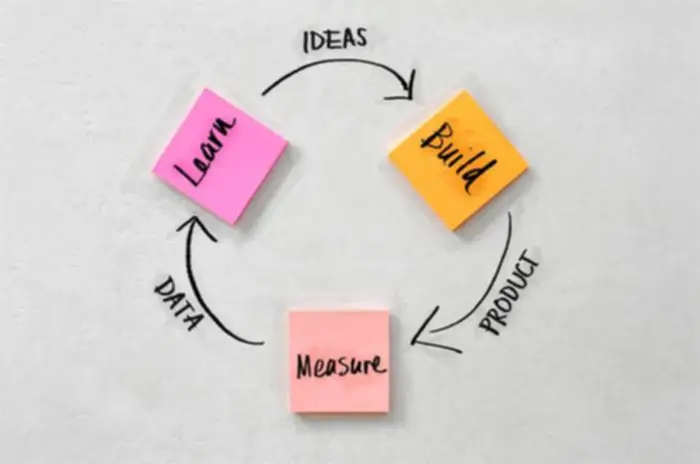Using the following pointers, project managers and engineers can enhance what is verification verification and validation testing, bettering the racing car’s efficiency, security, and whole success. The Validation Process answers the query of, “Is it the proper resolution to the problem? ” This course of works along side the Stakeholder Requirements, Requirements Analysis, and Architecture and Design processes.
Apidog: Your Ultimate Api Testing And Verification Resolution
Validation focuses on ensuring that the stakeholder gets the product they wanted. In different words, they are saying that, as a outcome of the shopper ask for an appliance, they do not appear to be considering themselves and the opposite members of the department as customers for the sub-system. Therefore, the activity of practical testing is not a exercise of validation, because does not correspond to the definition „Checking that the product does what the purchasers asked for”. In our firm we are making home equipment, and in our team/department, we are https://www.globalcloudteam.com/ making sub-system for these equipment (GUI). Some colleagues of mine are using the „verification take a look at” time period to explain the activity of practical take a look at on our sub-system, considering we are testing a half of the equipment. They say the validation exams cannot be carried out as our sub-system is not the ultimate product.

What Is The Difference Between Verification And Validation?
The software testing staff together with the QA group can be engaged within the validation process. A few widely-used validation strategies are black field testing, white box testing, integration testing, and acceptance testing. A few actions involved in verification testing are requirements verification, design verification, and code verification. To a layperson, knowledge verification and information validation could sound like the same thing. When you delve into the intricacies of information quality, however, these two essential items of the puzzle are distinctly completely different.

Primary Variations Between Verification And Validation
70% of respondents within the LeBow survey acknowledged that data quality is the one largest concern standing in the way of their data-driven initiatives. Leading organizations are taking the reins to proactively handle that challenge. Verification performs an particularly important function when data is migrated or merged from outside information sources. The company has determined to merge the acquired competitor’s customer data into its billing system. As a part of the migration course of, it is necessary to confirm that information came visiting properly from the source system. Precisely presents address validation solutions for over 240 international locations and territories worldwide.
- Verification in software program testing is a process to judge documents, design, and code to confirm that the software program has been developed based on the specs and agreed-upon conventions.
- Both are equally important verification ensures correctness, whereas validation ensures utility and satisfaction of person needs.
- Validation Testing ensures that the app’s options meet users’ needs and expectations in real-world use, confirming that the app provides a satisfactory and practical user experience.
- Without rigorous verification and validation, a software team may not be capable of build a product that meets the expectations of stakeholders.
- By integrating verification and validation actions all through the development lifecycle, organizations can effectively mitigate these dangers and enhance the general high quality and success of their products or techniques.
What’s Verification In Software Program Testing?
While verification focuses on ensuring that the product is constructed according to the required requirements, validation goes a step further by confirming that the product meets the actual consumer wants and supposed use cases. They include thorough testing of the software program software after growth; it ensures that it meets end-user necessities and functions as expected. By going through these three verification phases, you’ll find a way to ensure that the software application meets the specified necessities, adheres to the design specs, and has complete, right, and consistent code. In essence, clear differentiation between verification and validation in software program testing contributes to a extra structured, efficient, and profitable software program development process.
Distinction Between Verification And Validation In Software Program Testing
Verification is the method of ensuring that a software product is being built based on its design and specs. This step focuses on confirming that the product’s improvement course of adheres to the necessities set out initially. Verification doesn’t contain working the code itself however rather guaranteeing that every one the weather involved—documents, design specifications, and code structure—are appropriate and full.

Examples Of Verification And Validation (how To Do Each)

To make the deduplication process more challenging, a quantity of data for the same customer may need been created utilizing slightly totally different variations of a person’s name. Tools that use fuzzy logic to determine attainable and certain matches can make the process work higher. It also plays an necessary role in guaranteeing the accuracy and consistency of company information over time. This process, akin to a dry run, includes going by way of the code line by line to search out logical errors. This part is essential for catching discrepancies early on, before they will evolve into extra significant points.
Manual Testing Vs Automation Testing: A Head-to-head Comparability
In the realms of software improvement, quality assurance, and project administration, the terms “verification” and “validation” are often used interchangeably, leading to confusion and misunderstandings. However, these two ideas are distinct and play essential roles in guaranteeing the success and high quality of any project or product. In this comprehensive blog submit, we’ll explore the definitions, aims, and key differences between verification vs validation, offering you with a deeper understanding of those essential processes. However, validation is mainly performed after the event of software program functions and entails the execution of dynamic testing to make sure that it meets the end-user necessities. It consists of varied testing strategies like useful and non-functional checks.
It is a strategy of ensuring that the product meets the needs and expectations of stakeholders. It is a means of checking if a product is developed as per the specifications. White Box Testing is a method that helps validate the software program software using a predefined sequence of inputs and information. Here, testers simply evaluate the output values against the input values to verify if the application is producing output as specified by the requirements. The timing of these processes can also be essential; verification is conducted constantly throughout the event course of, whereas validation usually occurs after the software has been developed. Conversely, validation is a dynamic process, specializing in whether the product fulfills its intended function and meets the end-users’ wants.

For instance, if you’re entering a U.S.-based delivery tackle into an e-commerce web site, it’s unlikely that you would be ready to enter a state code that’s invalid for the United States. Nevertheless, different data quality issues (including inaccurate addresses) are commonplace, resulting in significant data quality issues at scale. Unlike verification, which focuses on whether or not the product was constructed based on specs, validation addresses the question, “Have we built the best product for our users? ” It’s about verifying the product’s actual utility and effectiveness in the actual world. Furthermore, the combination of verification and validation actions must be tailored to the precise project, product, or system in query. The level of rigor and the precise strategies employed could range relying on components similar to project complexity, regulatory requirements, risk factors, and stakeholder expectations.

Validation and verification are two necessary concepts within the subject of software growth. This article aims to explore the ideas and differences of both verification and validation in these fields. Validation is the method of evaluating the final product to verify whether the software meets the shopper expectations and necessities.

Legutóbbi hozzászólások